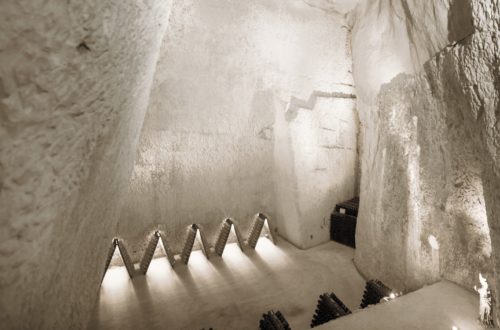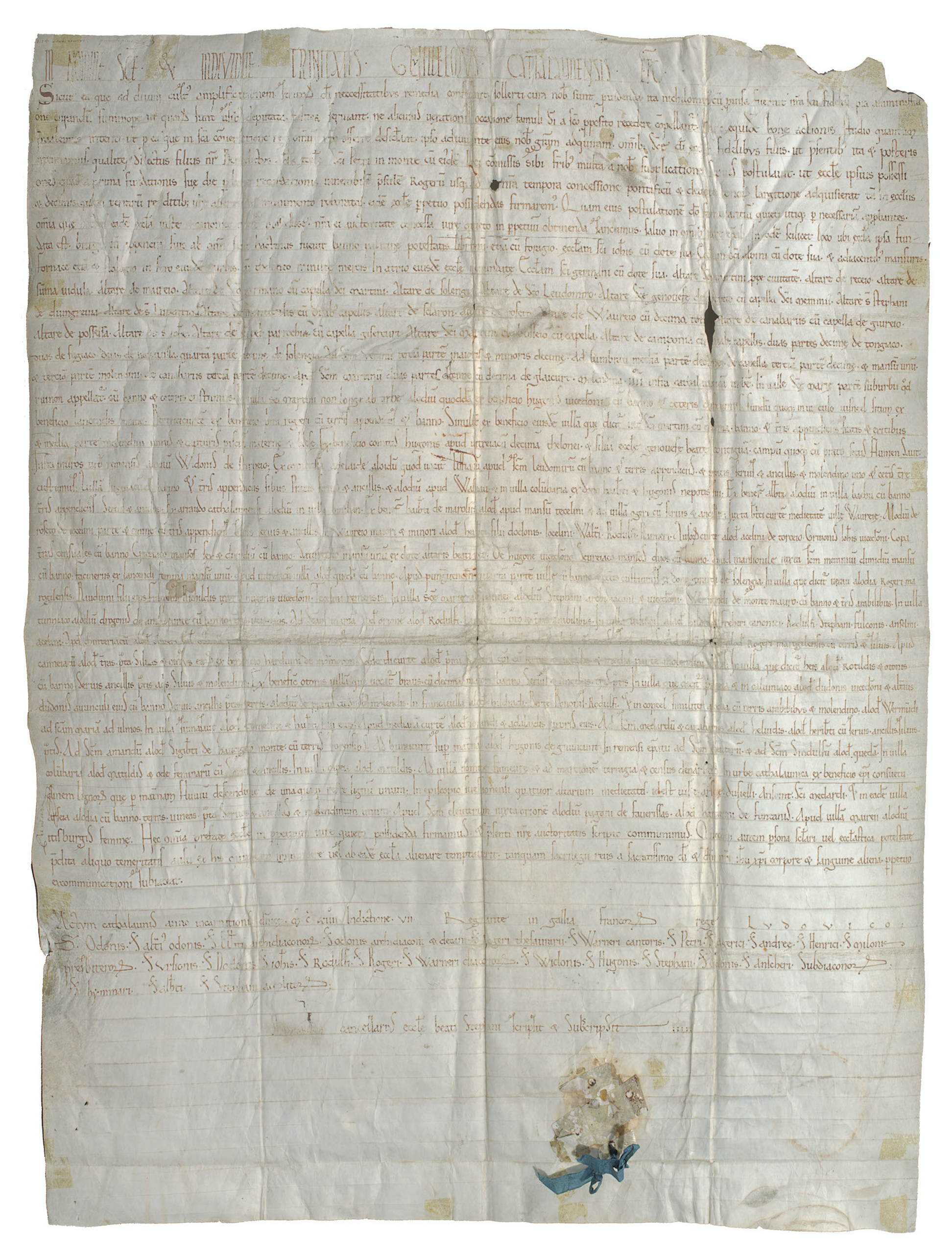
Who are the Ice Saints and what do they represent?
The Ice Saints are part of weather folklore in areas of the Northern hemisphere and are associated with the period in late spring between May 11 and May 13 when there is often a cold snap of chilly weather in the evenings. This dip in temperature usually brings night frosts and often catches people by surprise just when they think summer is coming.
The cold evenings often fall on the feast days of St. Mamertus, St Pancras and St. Servatius which has earned them the title – the Ice Saints. Talented winemakers are particularly vigilant around this time so they can prepare for and reduce potential damage to grapevines.
Ice Saints in different countries.
Different countries have slightly diverse versions of the Ice saints’ mythology and this section considers the variants surrounding the saints in different countries:
- St Mamertus, the first saint is not acknowledged as an Ice Saint in Austria, Southern Germany, Northern Italy or the Czech Republic.
- Boniface of Tarsus is recognised as an Ice Saint in these countries instead.
- St Sophia, is also considered an Ice saint in Germany, Alsace and Poland.
The dates of their feast days also vary from country to country.
So who were the saints?
The Ice Saints were all canonised saints at one point, in the catholic church and Sophia is the only female Ice Saint. Their full names and feast days are listed below:
- Mamertus 11 May – Archbishop of Vienna in the 5th century
- Pancras 12 May – Martyred in Rome in 3rd/4th century
- Servatius 13 May –from Tongeren
- Boniface of Tarsus 14 May – Martyred 3rd/4th century
- Sophia 15 May – Also known as “Cold Sophia.” She was martyred in 3rd/4th century and is thought to bring the last frost of spring.
Weather expressions
The French language is rich in weather sayings and expressions and perhaps the most well known Ice Saint saying is:
“Saint Servais, Saint Pancrace et Saint Mamert font à trois un petit hiver”.
“Saint Servais, Saint Pancrace and Saint Mamert between them make a little winter.” (English translation)
Since entire grape and wine harvests can be at the mercy of inclement weather, it’s small wonder that weather saints were appealed to during prime growth and harvesting periods. Detailed planning is required to produce quality wine and all weather factors need meticulous consideration.
Ice Saint Festivals
While the Ice saint tradition serves as a general guide to gardeners to plant after the Ice Saints’ days have passed, in some towns and villages the Ice Saints’ days have become a cause for celebration and are feted with wine, food and music. In these towns the festival has become an annual event to celebrate the nearing of the planting season and it’s a lively event with wares listed below typically on display and on sale:
- Plants, bushes, shrubs and rose bushes
- Little window boxes and colourful planters
- Local gourmet products like jams, honey and vegetables
- Regional organic cider and aperitifs
- Outside dining and pop up bars
Other saints that influence the weather
Associating saints with weather conditions is a common and interesting folklorique tradition throughout the world. The next sections look at some other saints and consider the influences they’re believed to have on the weather.
- Saint Germain, whose feast day is on 28 May is also French and associated with sunshine and good wine!
- Saint Petronille however, whose feast day falls on the 31 May is said to bring heavy rain.
- Saint Swithin the Bishop of Winchester has his feast day on July 14 and the weather on this date will determine whether it rains or is sunny for the next 40 days.
For more extreme weather conditions like thunder and lightning, other saints are invoked.
- St Medard – 9 June– a sixth century bishop who was sheltered from a storm by an eagle’s wings as a child is said to offer protection from bad storms
- Donatus 7 August – whose name means thunder is a patron for anyone seeking solace from storms. In a Roman battle, Donatus who was in the “Thunder Legion”’ prayed as an enemy surrounded his troop, a storm arose out of nowhere at Donatus’s bidding and the enemy fled.
- St Barbara 4 December –lived in the 4th century and is the saint to pray to to ward off lightning. Saint Barbara was beheaded by her own father because of her christianity. He was killed by a bolt of lightning on his way home later that day.
- Erasmus or St. Elmo is said to be the patron saint of soldiers. The blue light that appears around tall ships and masts during storms is called St. Elmo’s fire which means St Elmo is protecting the ship.
From the earliest days of christianity, reverence was directed to the saints who were prayed to for protection in everyday life. Their feast days often coincided with planting and harvesting times and weather was a crucial factor in agricultural success.Similarly to Norse mythology where Gods were associated with the weather, legends of saints have been incorporated into rural mythology and have influenced local traditions and left behind some fascinating folktales.




